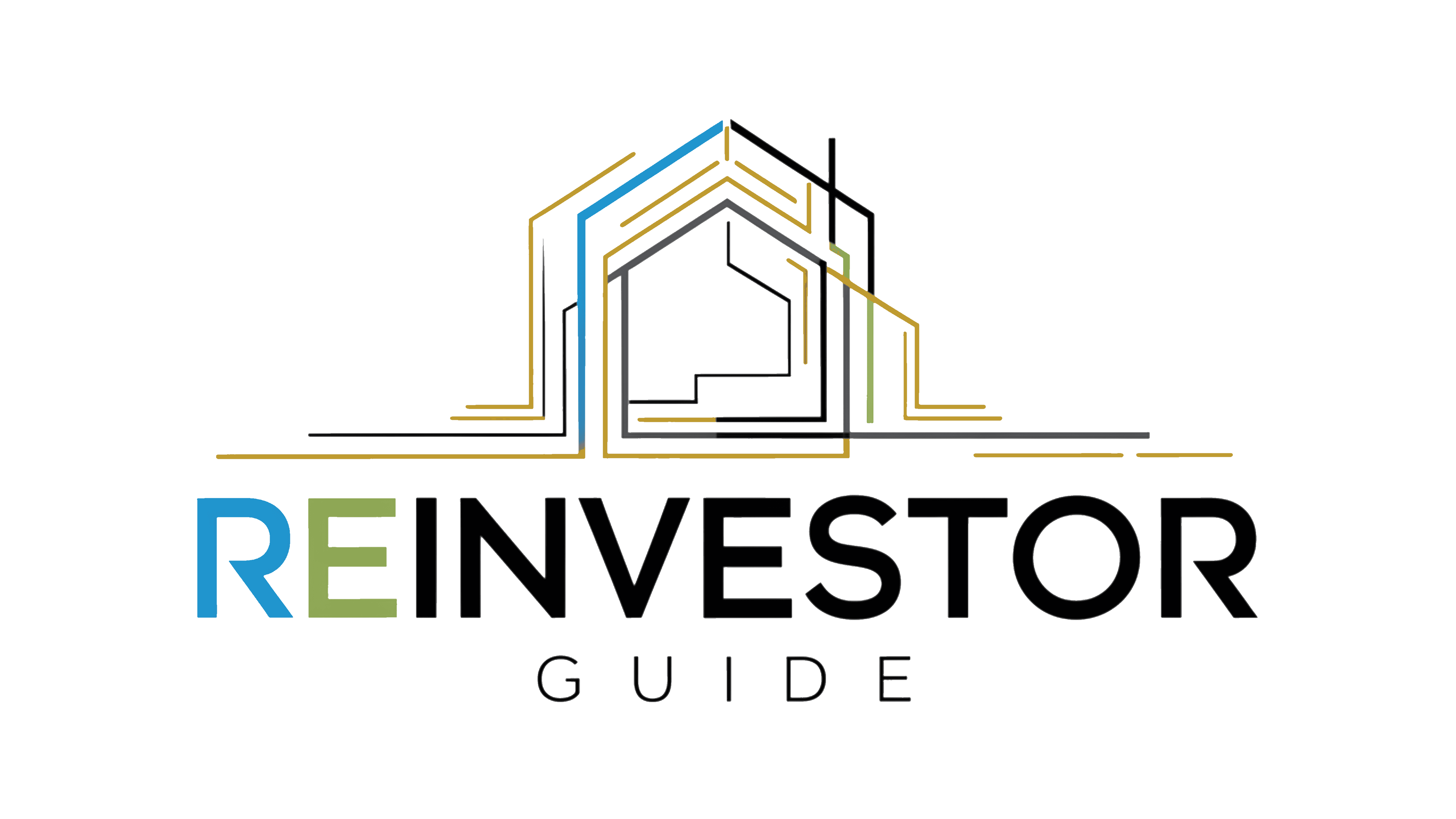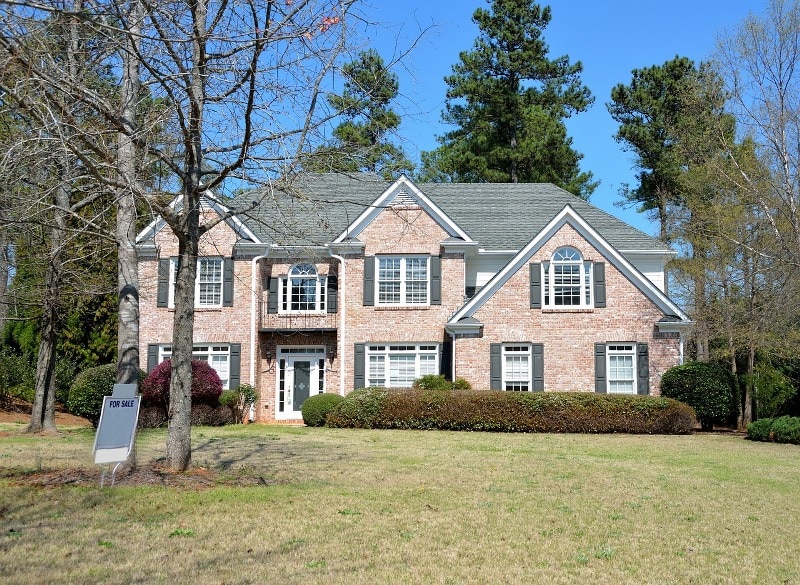If you’ve ever wanted to profit from buying, renovating, and reselling real estate, you’ve likely heard of fix and flip loans. These short-term financing tools are specifically designed for investors who want to acquire distressed or undervalued properties, rehab them, and sell for a profit—all without using traditional bank loans.
Whether you’re flipping your first home or funding your tenth project, this guide will walk you through exactly how fix and flip loans work, who they’re for, and how to use them to fuel a successful value-add investment strategy.
What Is a Fix and Flip Loan?
A fix and flip loan is a short-term, interest-only loan used to finance the purchase and renovation of a property with the intent to sell it quickly for profit.
These loans are typically issued by private lenders or hard money lenders and are based on the after-repair value (ARV) of the property—not just the current condition.
What Fix and Flip Loans Typically Cover
- Property purchase price
- Renovation and construction costs
- Closing and holding costs
- Interest-only payments during the project term
Some lenders will fund up to 90% of the purchase price and 100% of the rehab budget, depending on your experience and the property’s ARV.
Fix and Flip Loan Terms at a Glance
| Feature | Typical Range |
| Loan Term | 6 to 18 months (renewable in some cases) |
| Interest Rate | 8% – 12% (interest-only payments) |
| Loan-to-Cost (LTC) | Up to 90% of purchase price |
| Loan-to-Value (ARV) | Up to 70–75% of ARV |
| Rehab Financing | Up to 100% (funded in draws) |
| Credit Score | 620+ (some lenders are flexible) |
| Speed of Close | 7–15 business days (quicker than banks) |
| Prepayment Penalty | Rare or none |
How a Fix and Flip Loan Works (Step-by-Step)
✅ Step 1: Identify the Property
Find a distressed, undervalued, or off-market property that has upside potential with cosmetic or structural improvements.
✅ Step 2: Get a Project Budget and ARV
You or your contractor will submit a scope of work and projected after-repair value (ARV) to the lender.
✅ Step 3: Apply and Get Approved
The lender reviews:
- Purchase price
- ARV
- Rehab budget
- Your experience level
- Exit strategy (sale or refi)
✅ Step 4: Close Quickly and Start Renovation
Once approved, you close fast (7–14 days). Funds for the rehab are typically held in escrow and released in draws as work is completed.
✅ Step 5: Sell or Refinance
When the flip is complete, you sell the property (ideally at or above ARV) or refinance into a long-term rental loan.
Fix and Flip Loan Example
Investor: Sara buys a distressed single-family home for $160,000
Rehab Budget: $40,000
After-Repair Value (ARV): $275,000
Fix and Flip Loan Terms:
- Loan: $180,000 (covers 90% of purchase + 100% of rehab)
- Interest Rate: 10%, interest-only
- Term: 12 months
After renovation, she lists and sells the property for $270,000. After paying back the loan and expenses, she nets a $40,000+ profit.
Who Fix and Flip Loans Are Best For
- First-time flippers with a well-researched plan
- Experienced investors flipping multiple homes a year
- BRRRR investors using a “flip-to-hold” strategy
- Contractors and real estate pros with local market knowledge
- Anyone needing speed, flexibility, and rehab capital
Pros and Cons of Fix and Flip Loans
✅ Pros:
- Fast approval and funding (ideal for competitive markets)
- No need for perfect credit or full income verification
- Rehab costs included
- Based on future value, not current condition
- Helps investors leverage more deals with less upfront capital
❌ Cons:
- Higher interest rates than traditional loans
- Short repayment terms (must exit quickly)
- Rehab draws require inspections and milestones
- Can be risky if renovation timelines or sales market shift
Fix and Flip vs. Traditional Financing
| Feature | Fix and Flip Loan | Traditional Mortgage |
| Use Case | Short-term investment | Long-term occupancy |
| Underwriting | Based on ARV and project plan | Based on income and credit |
| Speed of Approval | Fast (7–15 days) | Slow (30–45 days) |
| Property Condition | As-is or distressed OK | Must be move-in ready |
| Ownership Type | Individual or LLC | Typically individual |
Tips for Success with Fix and Flip Loans
- Know your numbers: Always run conservative ARV and rehab estimates
- Build your team: Lender, contractor, inspector, realtor
- Plan your exit: Refi or resale before your loan matures
- Start small: Get a win with a basic cosmetic rehab before scaling
- Work with investor-friendly lenders: Choose lenders who understand real estate deals—not just credit scores
Final Thoughts
Fix and flip loans are an essential tool in the real estate investor’s arsenal—providing fast, flexible capital to buy, renovate, and profit from undervalued properties.
By focusing on ARV instead of income, these loans give you the leverage to scale faster, especially in hot or distressed markets.If you’re ready to get hands-on with a project and unlock equity through smart renovations, a fix and flip loan might be your path to your next (or first) profitable deal.
Our advise is based on experience in the mortgage industry and we are dedicated to helping you achieve your goal of owning a home. We may receive compensation from partner banks when you view mortgage rates listed on our website.



